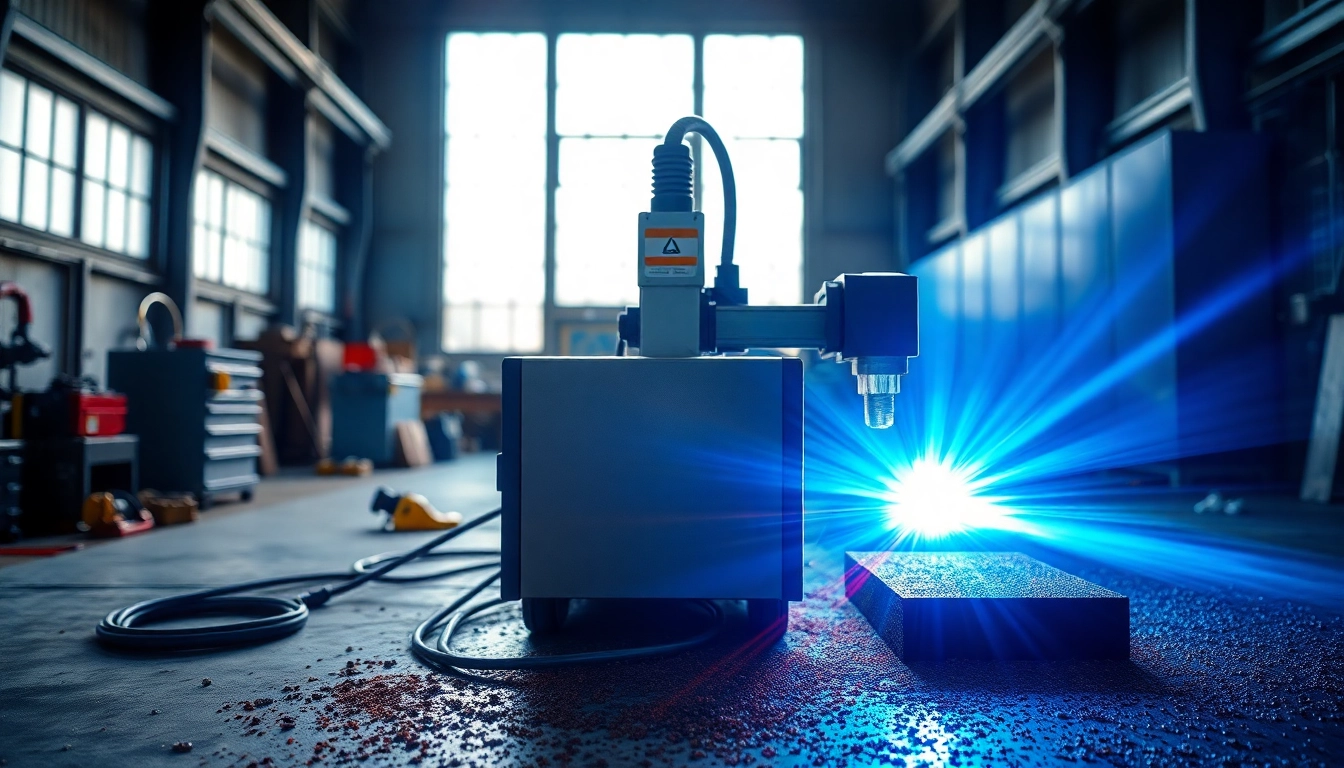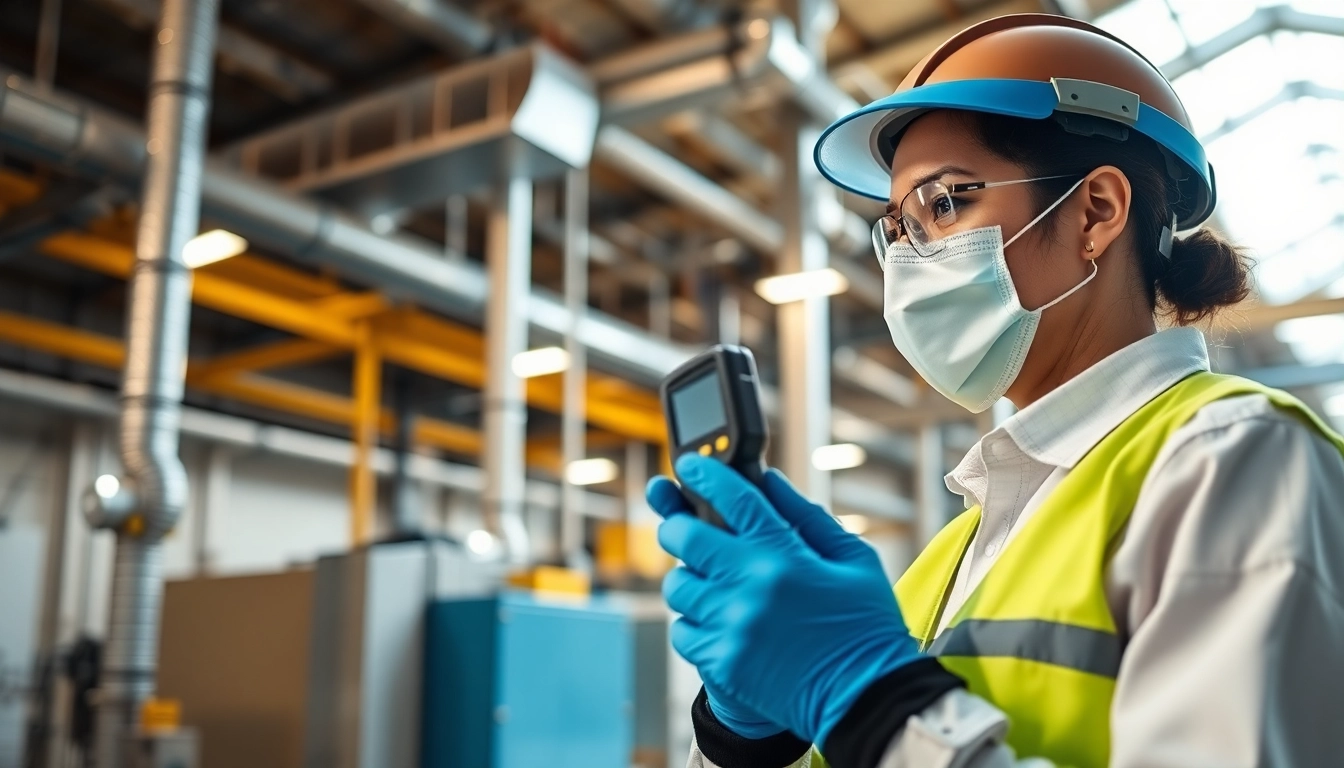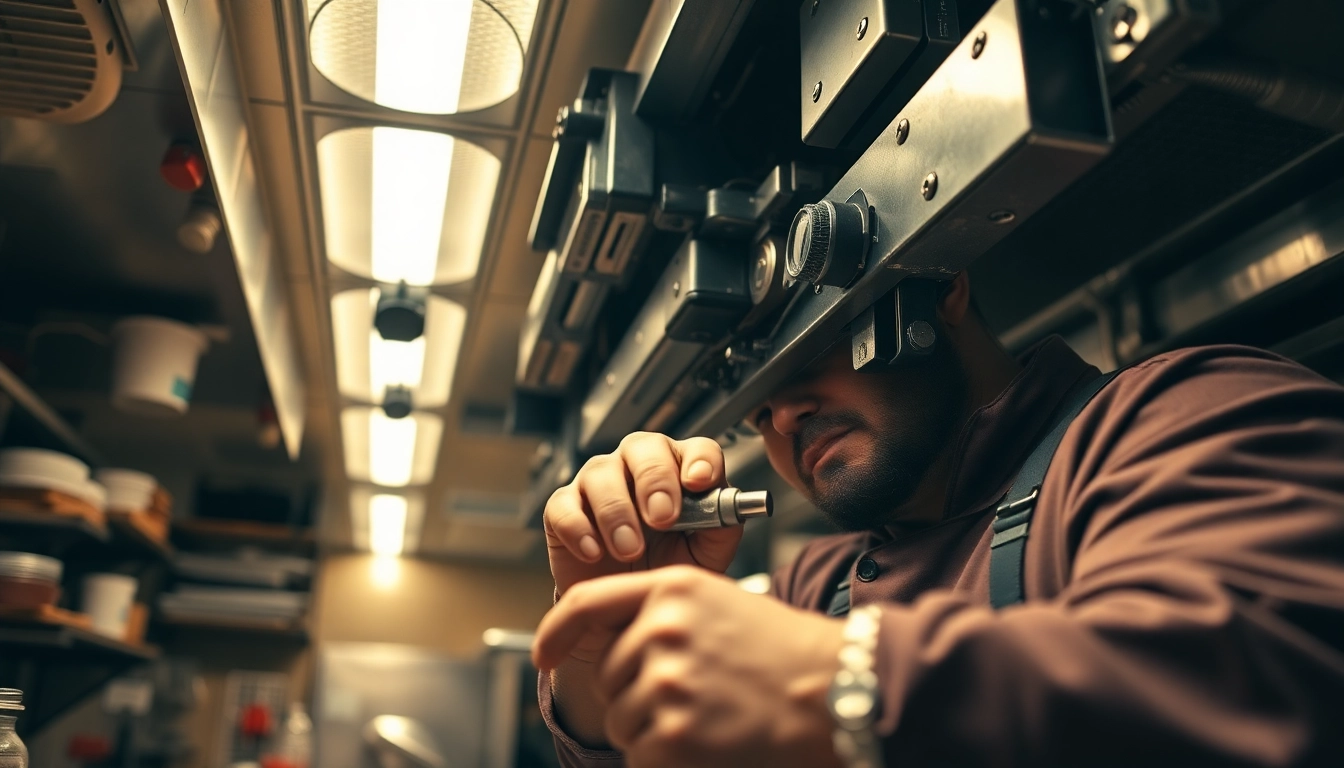Understanding the Laser Cleaning Machine
What is a Laser Cleaning Machine?
The Laser cleaning machine is an innovative technology that employs concentrated laser beams to remove contaminants such as rust, paint, and other unwanted materials from surfaces. Unlike traditional cleaning methods that may involve harsh chemicals or abrasive tools, laser cleaning is a non-destructive, highly efficient process that ensures the underlying substrate remains intact. With applications across various industries, including manufacturing, automotive, aerospace, and conservation, these machines represent a significant advancement in industrial cleaning techniques.
The Mechanism Behind Laser Cleaning
Laser cleaning functions based on a fundamental principle of laser-material interaction. The process begins with the emission of high-intensity laser light, which is focused onto the surface to be cleaned. When this beam contacts contaminants like rust or coatings, it induces a rapid thermal decomposition and vaporization of the material. This phenomenon occurs due to the high energy concentration of the laser, which can generate temperatures sufficient enough to break the bond between the contaminant and the substrate. As the contaminant is vaporized or exploded off the surface, it is either removed through exhaust systems or collected as residue.
The effectiveness of laser cleaning often depends on several factors, including the type of laser used, the wavelength, pulse duration, and power settings. For instance, fiber lasers are popular due to their efficiency and suitability for a variety of materials, whereas ultrafast lasers are excellent for precision cleaning tasks where surface integrity is paramount.
Applications of Laser Cleaning Machines
Laser cleaning machines are remarkably versatile and find applications in numerous sectors:
- Industrial Manufacturing: Used for removing rust, oxides, and paint from steel surfaces to prepare for welding or painting.
- Aerospace: Essential for cleaning turbine blades and other critical components without damaging the underlying material.
- Automotive: Employed to strip old paint and coatings from vehicle bodies and parts, facilitating the repainting process.
- Art Restoration: Utilized in the delicate cleaning of artworks and historical artifacts to preserve them without causing harm.
- Marine: Effective in maintaining and restoring the surfaces of ships and offshore structures by removing barnacles and other marine growths.
Benefits of Using a Laser Cleaning Machine
Environmental Advantages
One of the foremost benefits of using a Laser cleaning machine is its minimal environmental impact. Traditional cleaning methods often rely on harsh chemicals that can be harmful to both human health and the environment. In contrast, laser cleaning uses only light energy, significantly reducing the need for chemical solvents. This aspect is particularly beneficial in industries striving for greener practices and compliance with environmental regulations.
Furthermore, laser cleaning produces minimal waste, as the contaminants are either vaporized or ablated. This leads to reduced disposal costs and lower emissions compared to other cleaning methods. As industries move toward sustainable solutions, the eco-friendliness of laser cleaning machines positions them as a favorable option.
Cost-Effectiveness in Maintenance
In addition to their environmental benefits, laser cleaning machines offer long-term cost savings for businesses. While the initial investment may be higher than traditional cleaning equipment, the operational costs are often markedly lower. Laser cleaning reduces downtime since it is a quick and efficient process; surfaces can often be treated in situ without the need for disassembly, leading to decreased labor costs.
Moreover, the longevity of the machinery itself is enhanced through the minimal wear and tear associated with non-abrasive cleaning methods. This longevity translates to reduced maintenance costs and fewer machine replacements, providing an excellent return on investment for companies that adopt this technology.
Safety and Ergonomics in Operation
Safety is a paramount concern in industrial cleaning environments, and laser cleaning machines address these issues effectively. Because they do not require the use of toxic chemicals, the risks associated with chemical exposure are significantly lowered. Additionally, the processes can be automated, reducing human exposure and minimizing the possibility of accidents.
The ergonomic design of modern laser cleaning machines also enhances safety for operators. Features such as adjustable arms, mobile platforms, and user-friendly interfaces ensure that workers can operate the machines without excessive strain or discomfort. As industries aim to improve workplace safety, laser cleaning stands out as a viable option.
Choosing the Right Laser Cleaning Machine
Factors to Consider
When selecting a Laser cleaning machine, several critical factors must be considered to ensure optimal performance and suitability for specific applications. These include:
- Material Type: Different lasers work better with certain materials. Understanding the material to be cleaned will guide the selection of the appropriate wavelength and laser type.
- Power Output: The power of the laser directly influences the cleaning speed and effectiveness. Higher power may be necessary for more demanding applications, while lower power can be sufficient for delicate cleaning tasks.
- Portability: Depending on the application, the portability of the laser cleaning machine may be crucial. Some operations may require a mobile unit for on-site cleaning.
- User Interface: An intuitive user interface can ease operation and facilitate effective training for new operators.
Common Specifications and Features
Understanding common specifications can help narrow down the options when choosing a laser cleaning machine:
- Laser Type: Common laser types include fiber lasers, CO2 lasers, and diode lasers, each with distinct advantages.
- Wavelength: Different wavelengths impact the interaction with various materials, affecting cleaning efficiency.
- Pulsed vs. Continuous Wave: Pulsed lasers can provide greater energy concentration, while continuous wave lasers may be more suited for constant cleaning applications.
- Cooling Systems: Effective cooling systems are crucial for maintaining optimal laser operation and extending the lifespan of the equipment.
Comparing Different Models
It is advisable to compare different models side-by-side to assess performance metrics and features. Factors such as cleaning speed, versatility, ease of maintenance, and overall user reviews should be considered. Additionally, looking into past experiences and feedback from other users can reveal insights that may not be apparent from technical specifications alone.
By assessing multiple models against the needs of specific applications, businesses can make informed decisions that align with their operational goals and budget constraints.
Best Practices for Operating a Laser Cleaning Machine
Preparation of Surfaces
Before beginning the cleaning process, proper preparation of surfaces is critical to achieving effective results. This involves assessing the condition of the material, identifying the specific contaminants, and determining the appropriate laser settings. Surface contaminants may include years of built-up grime, rust, or protective coatings that will require different treatment approaches.
Cleaning may also involve pre-treatment steps such as mechanical scratching for heavily corroded surfaces to enhance the effectiveness of the laser cleaning. Ensuring that the surface is accessible and free from obstructions will facilitate a smoother operational process.
Safety Protocols and Equipment
Safety protocols are essential during the operation of laser cleaning machines. Operators must wear appropriate personal protective equipment (PPE), including laser safety goggles, gloves, and protective clothing, to safeguard against any potential hazards. Additionally, areas where laser cleaning occurs should be clearly marked, and access should be restricted to authorized personnel only.
Moreover, performing regular safety audits and training for all operators can help ensure compliance with safety regulations and promote a culture of safety within the workplace.
Maintenance Tips for Longevity
To maximize the lifespan and efficiency of a Laser cleaning machine, regular maintenance is necessary. This includes ensuring that all moving parts are lubricated, checking alignment regularly, and keeping lenses clean to maintain optimal focusing capabilities.
Scheduled inspections and service by qualified technicians not only protect the investment in laser cleaning technology but also help mitigate potential issues before they escalate. Keeping a detailed maintenance log can assist in tracking service intervals and identifying any recurrent issues that may need addressing.
Performance Metrics and Evaluation
Measuring Efficiency and Effectiveness
Evaluating the efficiency and effectiveness of a laser cleaning machine involves several performance metrics. These may include cleaning speed measured in square feet per hour, the amount of contaminant removed, and the quality of the finish achieved post-cleaning. Regular evaluations can help assess whether the machine meets operational requirements and if maintenance needs to be conducted.
Additionally, benchmarking against industry standards can help users identify areas for improvement and enhance overall process efficiency. Employing data analytics tools can also facilitate real-time monitoring of machine performance and suggest operational adjustments as needed.
Feedback and User Experiences
Gathering feedback from operators and users of laser cleaning machines can provide invaluable insights into their performance and reliability. This can involve user surveys, interviews, and analysis of usage trends over time. Understanding the day-to-day challenges faced by operators can lead to better training programs and the refinement of operational protocols.
Moreover, sharing experiences within industry communities can foster collaboration and solutions for common issues, thus enhancing overall effectiveness in laser cleaning operations.
Future Trends in Laser Cleaning Technology
The landscape of laser cleaning technology is continually evolving. Current trends indicate a growing emphasis on the automation of laser cleaning processes, integrating Artificial Intelligence (AI) and machine learning for enhanced precision and efficiency. Smart systems that can learn from operational data are anticipated to become more prevalent, optimizing cleaning protocols in real time.
Moreover, advancements in laser technology itself, such as the development of more efficient and powerful lasers, are expected to broaden the applications for laser cleaning, making it a go-to solution across broader spectrums of industry. As industries prioritize sustainability and efficiency, the future is bright for laser cleaning technology, promising exciting possibilities for increased application and effectiveness.



